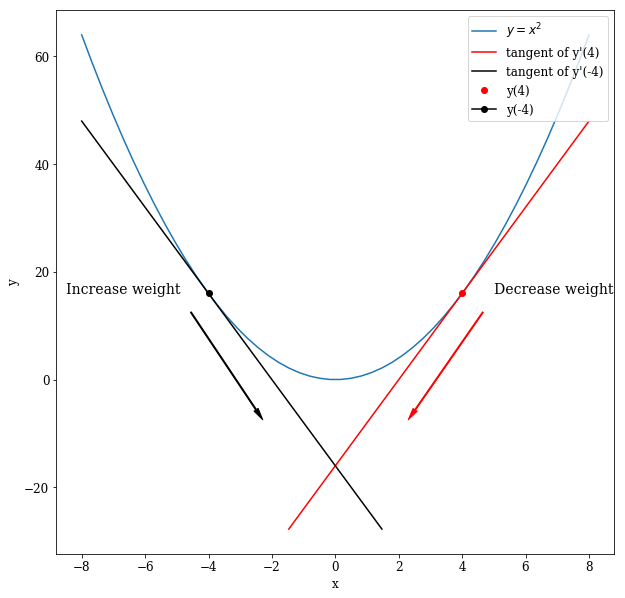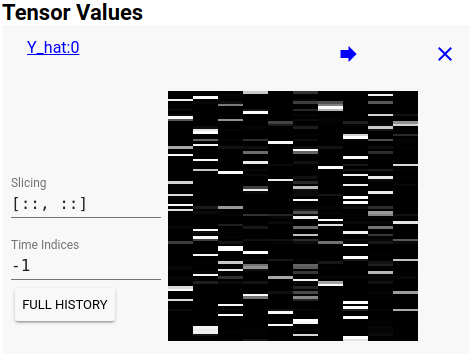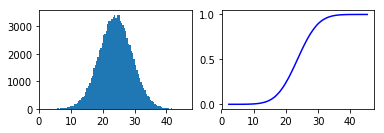Interactive visualization of stable diffusion image embeddings
A great site to discover images generated by stable diffusion (or their custom model called aperture) is Lexica.art.
Lexica provides an API which can be used to query images matching some keyword / topic. The API returns image URLs, sizes and other things like the prompt used to generate the image and its seed.
The goal of this blog post is to visualize the similarity of images from different categories in an interactive plot which can be explored in the browser.
Graphical Explanation of Neural Networks and Gradients with Python

How does an artificial neuron work? Inspired by neurons of the human brain, an artificial neuron receives several input values.
These input values are multiplied with the weights of the neuron which reflects that some input values are activating the neuron (positive weights) while others inhibit the neuron (negative weights).
The product values are then summed and together create the activity a.
Finally, a non-linear function is applied on a to yield the final output of the neuron.
Debugging Tensorflow

Debugging Tensorflow Today, I am going to explore different ways to debug Tensorflow which can be a bit cumbersome at times. However, there are a few good possibilities that I know of to get more insight into the inner workings of Tensorflow.
It’s a little more complicated than regular debugging like say in PyTorch where you can use an IDE like PyCharm and simply set breakpoints in your code to stop and inspect what’s going on.
Monte Carlo for better time estimates of your work

As a developer, you are often asked how long it will take to program a certain module or feature for some software project. This can be annoying at times, so let’s make it more fun! In this post, we are going to use a data science approach to get up with better estimates. The whole post will be covered by simple Python code, which you can easily use for your own estimates.